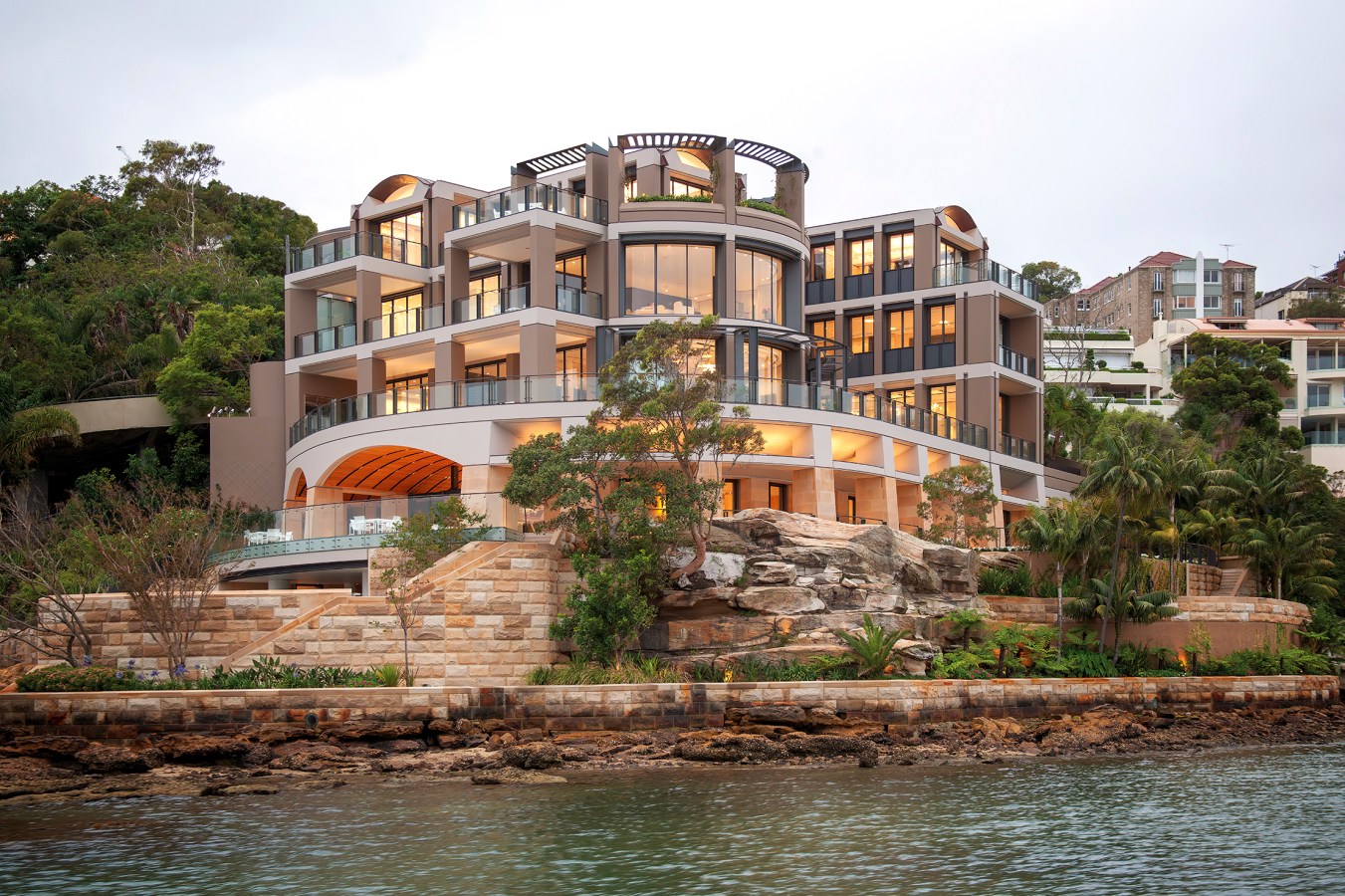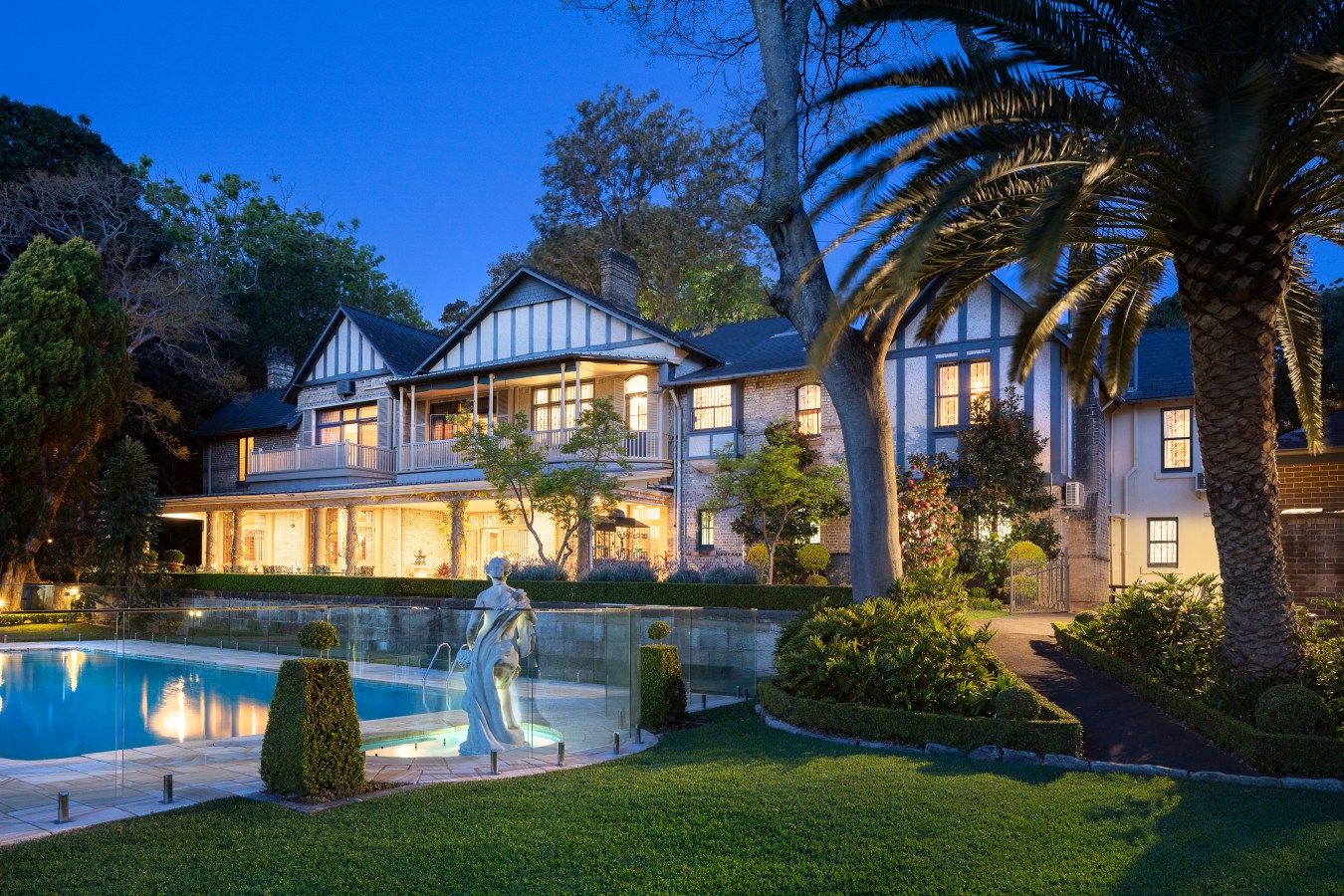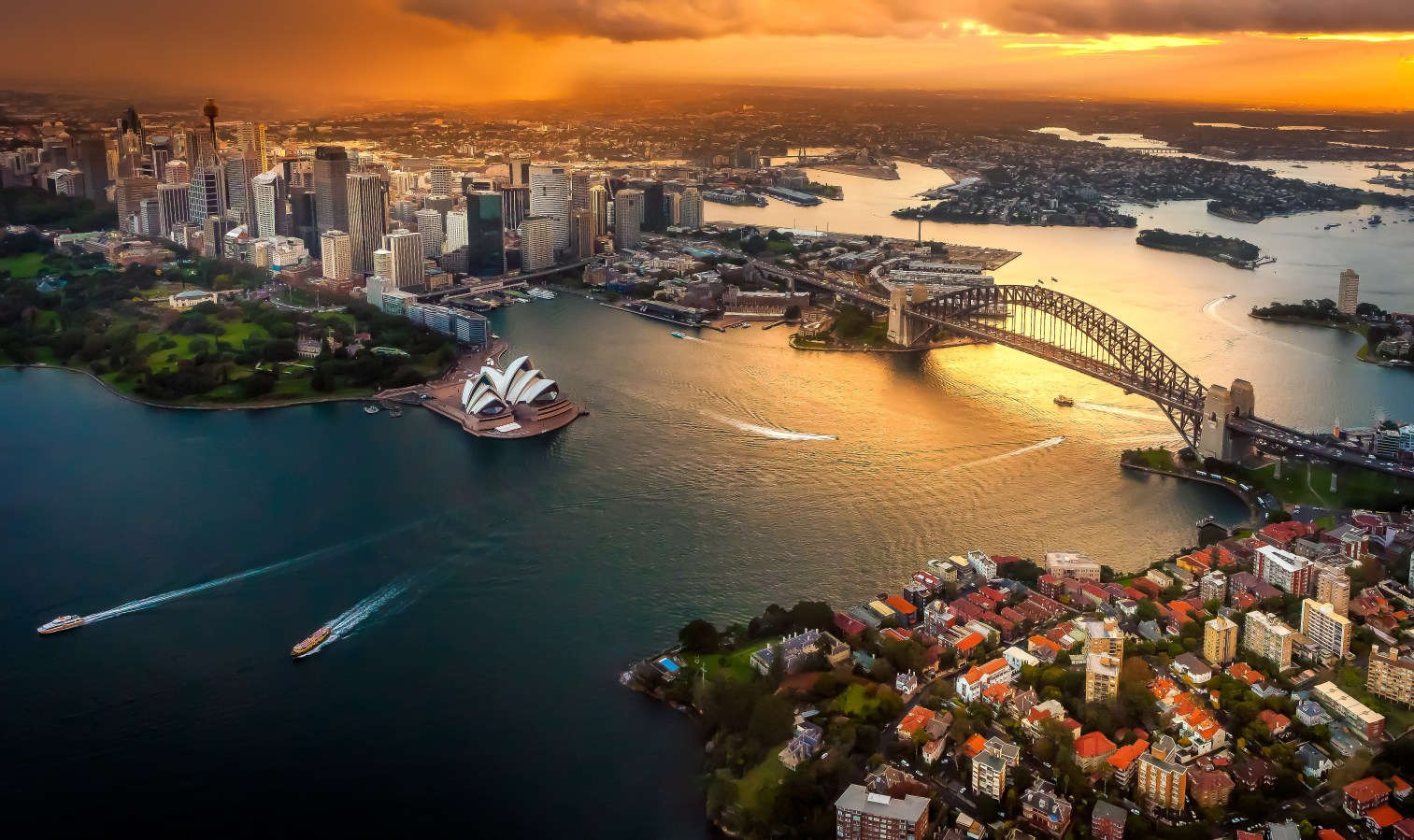Billionaire tech entrepreneurs Ed Craven and Scott Farquhar are changing Australia’s high-end property game and shaking up the residential real estate landscape across the country, says Forbes Global Properties Director Tracey Atkins.

There’s a changing of the guard when it comes to wealth accumulation in Australia. And it’s having an impact on high-end real estate.
“Once upon a time when a trophy home was taken to market, you knew what family was going to walk in the room as the likely buyer,” Tracey Atkins told the audience at Forbes Australia’s Icons & Investors Summit.
“There was a small group of people that were likely to be there. Now it can be a guy with the knee out of his jeans who has suddenly made an extraordinary amount of money in a very short period of time.”
The record for Victoria’s most expensive property was broken last year when a 28-year-old internet entrepreneur dropped $80 million on an abandoned mansion on St Georges Road in salubrious Toorak.
“The two records that are currently held are by Ed Craven in Melbourne, and Scott Farquhar in Sydney,” says Atkins. “These are two relatively young guys who are new on the scene. Now every time a big house at the very top of the market is for sale in Melbourne everyone says – are you going to show it to Ed Craven?”
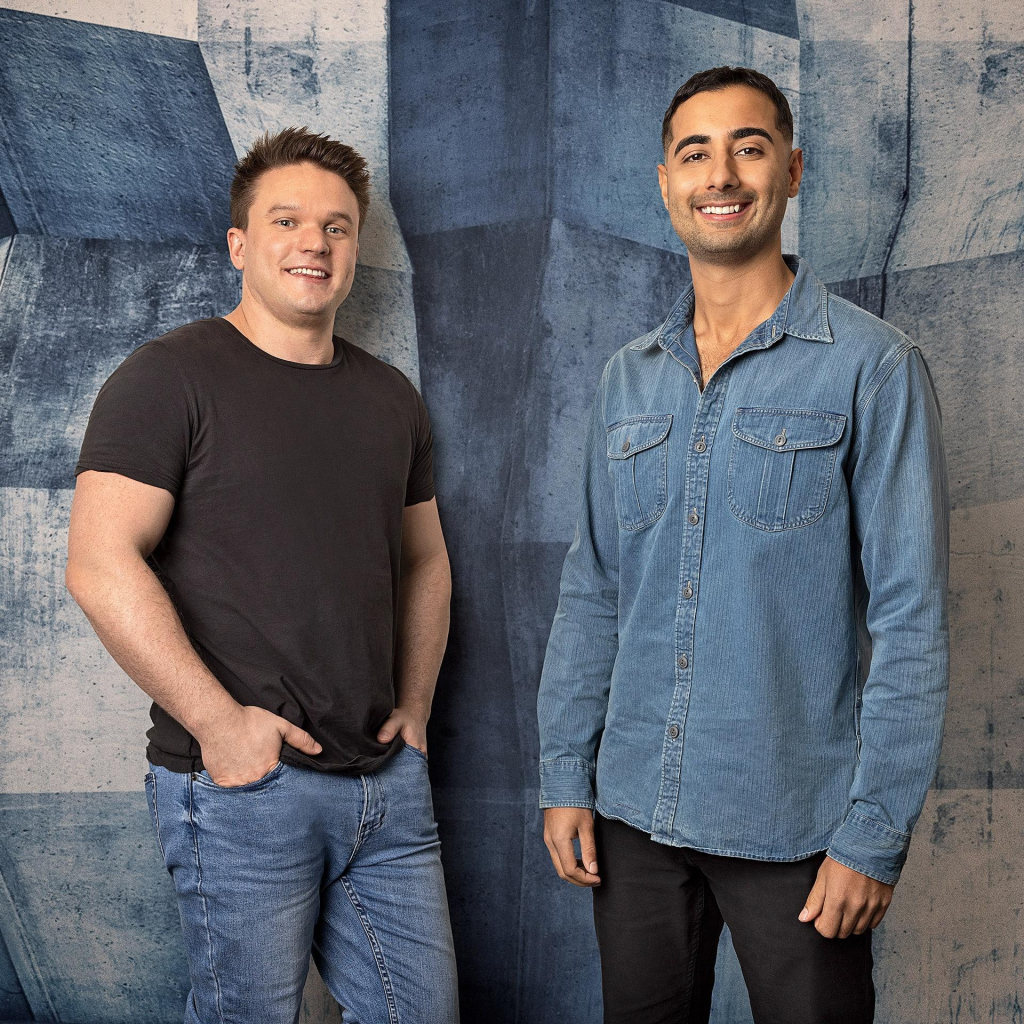
Buyer profiles are just one of the shifts taking place, according to Atkins. Australia’s generational wealth transfer is also upending real estate.
Generational wealth handover
Atkins says we are entering a time where significant real estate assets are being transferred from parents to the next generation.
“A big house in the right part of Australia will be a significant financial endeavour. Often it’s the family home – a significant home or estate that has been well held. There are decisions that have to be made around that, and there’s a lot of emotion that gets packed around that,” says Atkins.
In years gone by, Atkins says estates may have become a home for a family in the next generation. Today however, many of those properties are coming onto the market for sale.
“The two records that are currently held are by Ed Craven in Melbourne, and Scott Farquhar in Sydney – two relatively young guys who are new on the scene”
Tracey Atkins
“We are seeing assets coming more and more into play that probably once upon a time quietly passed through the families. Now there are diverse interests, diverse requirements – some of the children will have an emotional attachment to the house, others won’t. We’re going to see assets coming to market that have been long held and much loved by families,” says Atkins.
Taxes also play a role in deciding how to deal with property holdings.
“Things like land tax start to impact with the families that may have held onto an asset – maybe as a lifestyle or indulgence. They’re now looking and saying ‘it doesn’t make financial sense to just hold this.”
Related
Land taxes impacting Victorian real estate
It is a trend that is being seen increasingly in Victoria, where Atkins lives. Under new land tax laws instituted on January 1 of this year, properties valued above $50,000 are now subject to land tax assessments. Prior to this year, the tax-free threshold was $300,000.
“These changes are estimated to impact almost one million taxpayers, with the lower land tax threshold predicted to capture an additional 360,000 new taxpayers of whom have not previously been required to pay land tax,” Sladen Legal, a law firm in Melbourne states.
Properties valued above $3-million are now subject to land tax of $31,650 a year, plus 2.65% of the value exceeding $3-million.
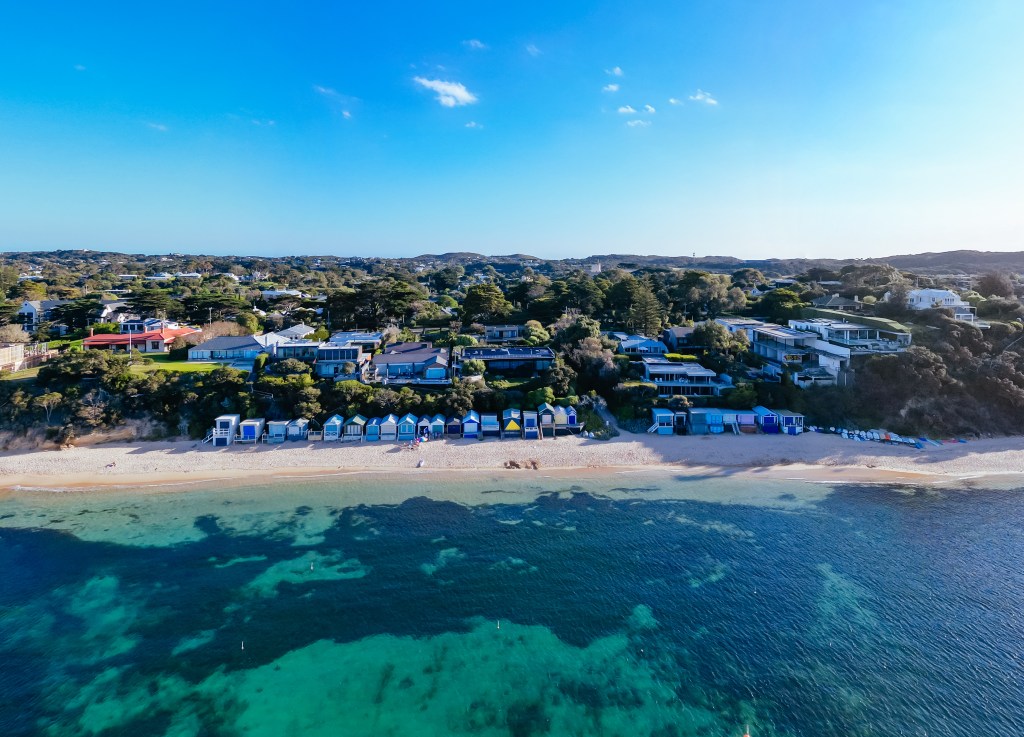
“In Victoria land tax is really smashing people that have lifestyle properties or a big estate at a location like Portsea. They’re looking at that going, why on earth am I sitting here paying this land tax, and all of the upkeep and the maintenance?,” says Atkins.
Instead, owners are selling up and investing in other real estate markets. The increased supply on the market and reduced demand is driving prices down in Victoria.
“They say ‘I’ll sell down and go and buy a significant place on the Gold Coast.’ The family can all come and still visit us there – but we’re not getting hit by that same level of taxing.”

The emergence of ‘The Super-penthouse’
Another trend Atkins is seeing is a transition to property that comes with amenities built in.
“One thing we have noticed is the emergence of the super penthouse. One of the drivers is the generational handover – people selling out of big estates,” she says.
High-end buyers aren’t looking to relocate into cramped quarters, however. They may end up with less personally owned outdoor space, but they are still looking for apartments with large footprints.
“We’ve got this whole need for significant spaces in the air that people can ‘downsize’ into. Once upon a time, whole-floor apartments and penthouses were not common. Now, it’s an extremely common offering. And the level of amenities in those buildings is extraordinary,” says Atkins.
She points to Crown in Sydney’s Barangaroo as an example, and says ‘super penthouses’ are a market that is expanding.
“The Crown penthouse was Australia’s first branded penthouse, but Melbourne is about to have the country’s first One Hotel. That penthouse will offer a six-star hotel experience,” says Atkins.
Look back on the week that was with hand-picked articles from Australia and around the world. Sign up to the Forbes Australia newsletter here or become a member here.
